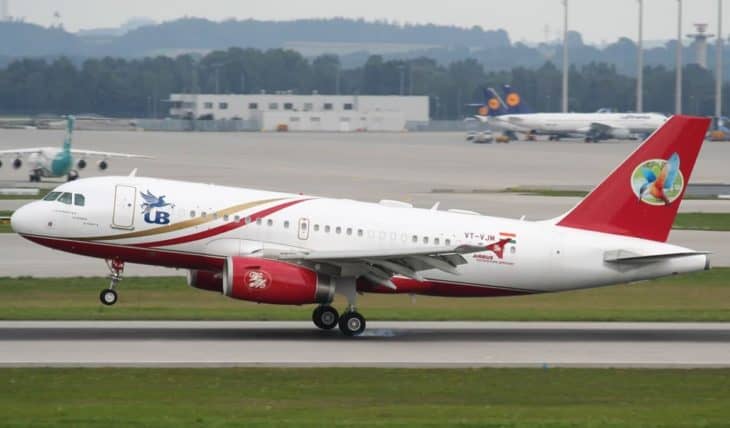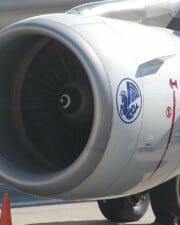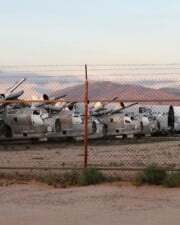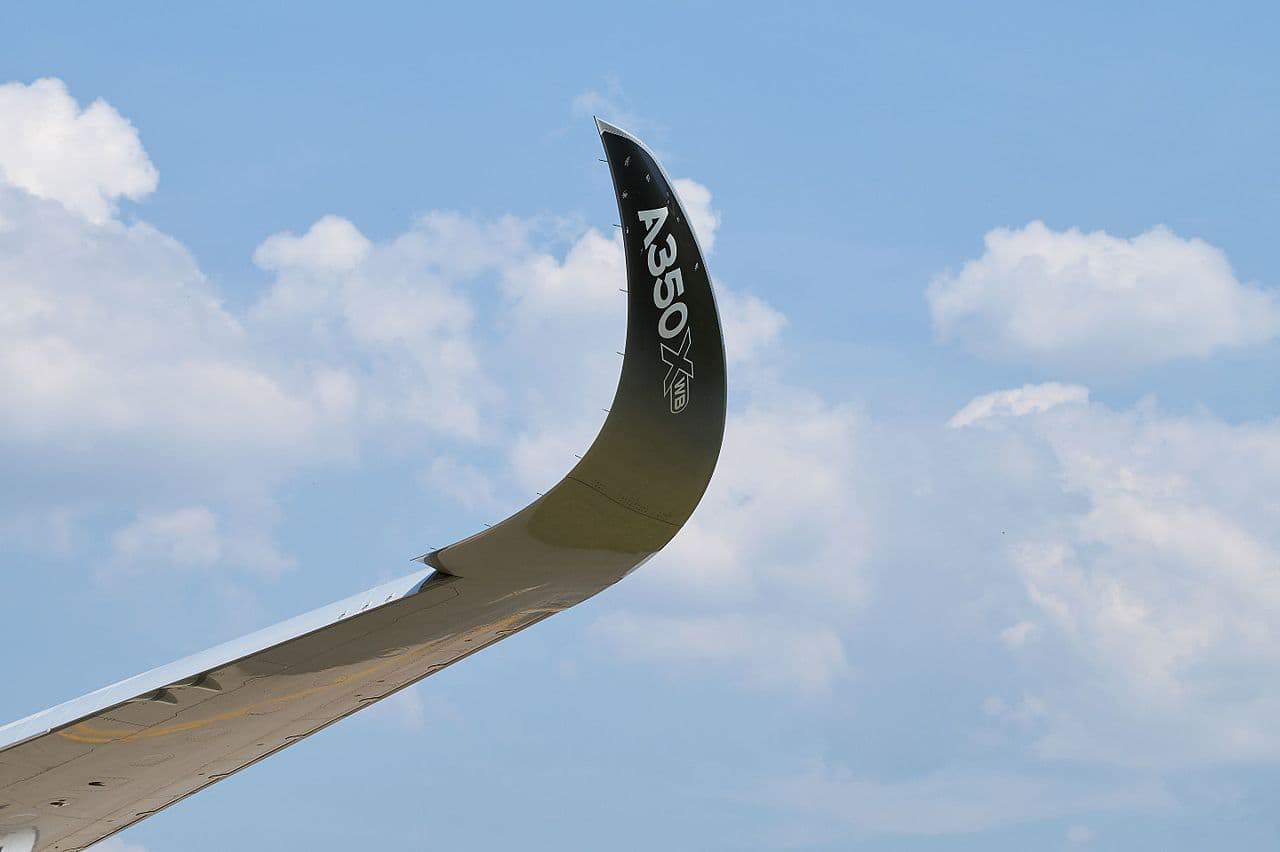For 99% of human existence, it would have been the biggest thrill imaginable. Today, it’s complete routine. We’ve reached the point where planes taking off is such a common part of our lives that we take it for granted – but have you ever stopped to think how planes take off?
Table of Contents
How Airplanes Take Off
The short answer involves engaging lift and thrust, as is necessary for all flight. The long answer involves a series of carefully-coordinated checks to ensure the right lift and thrust-related actions are performed at the right times.
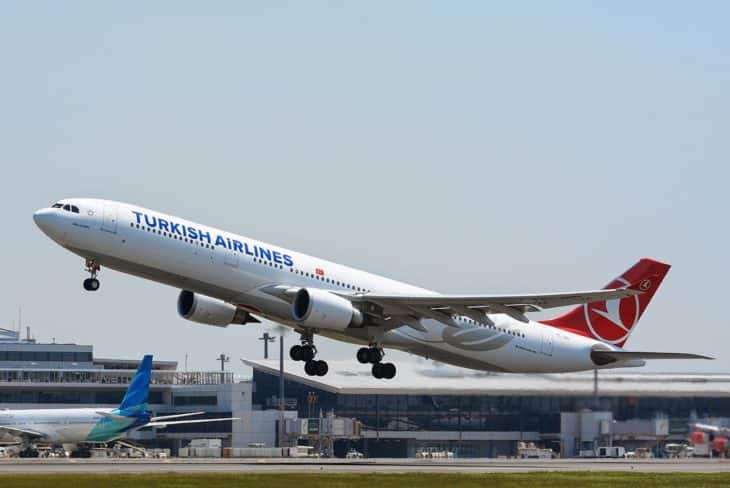
How Do Planes Stay In The Air?
While the processes regarding lift and how planes stay in the air in the first place via lift is a well-worn subject, it’s worth reexamining briefly.
Planes fly by generating enough force to resist the forces of gravity, and they are able to do that by redirecting air in such a way as to ensure that the air is directed in such a way as to have enough pushing the plane up and forward.
Planes are able to do that in a variety of different ways, with the most important tools in their flight toolbox being the shape of the wings and the capability of the engines.
Wings must be shaped in such a way to allow air to pass over it and strike the underside of the wings just right at takeoff. In addition, the engines need to provide enough thrust so that, when paired with the upward push of lift, they lift off the ground.
Pre-Takeoff Procedures
Even before a plane makes it to those basic stages of engaging lift and thrust to beat the forces of gravity, however, it must first go through numerous preparatory pre-takeoff procedures. Among the things that happen to a plane before it is boarded and ready for takeoff include:
- Restocking the plane with food and necessary items for its next flight
- Cleaning the plane for its next flight; this can be a quick cleaning job if the plane is doing several flights back to back, or a more thorough one once its itinerary is completed
- Checks of onboard systems to see if there is anything that needs to be repaired
- Repairs themselves
- Refueling
- Pushback and getting the plane in position for its next flight
- Pre-flight checks, boarding, and asking for clearance for takeoff
The Particulars of Takeoff
So, what does all that mean for takeoff itself?
For one thing, it means that planes need to be very carefully prepared before they are ready to take off. If any of the above are not able to be performed, takeoff may be delayed or scrubbed.

In terms of takeoff itself, that basic principle of lift plus thrust described at the beginning is what helps get the plane off the ground. There are, however, several steps which are particular to takeoff which break that down even further.
For starters, the plane needs to ask to be cleared for takeoff. Not all clearances are the same, and understandably so, as flight control needs to know what particular action each plane is asking to execute. Departure, taxi, takeoff, and other clearance requests are all distinct from one another.
How Fast Does A Plane Go To Take Off?
Once it has received the proper clearance, it is time to get into position on the runway, prepping the engines, and performing a 70 knots check.
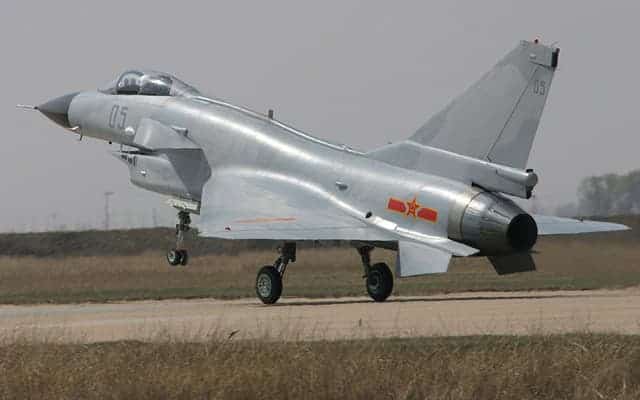
Now it is time to start the process of taking off itself. Even here, however, the actual action of taking off from the ground and getting into the air involves several steps, all of which must be executed within a few short seconds and minutes.
In relation to flight takeoffs, V1 and V2 commonly refer to the velocities necessary for takeoff.
V1 is engaged with the nose turned 10 degrees upward, and the ascent begins. This is done so as to achieve the proper rate of climb. At this point, the landing gear is taken upwards and back into the plane as well.
This is why the answer to “do airplanes take off into the wind?” is a resounding yes – because it decreases the amount of ground speed necessary for successful takeoffs.
It is here that a straight climb out or a roll out (taking off and turning more immediately) differ.
For a straight takeout:
- The flaps are retracted once the plane has reached a certain altitude; the FAA mandates a 400 ft minimum for this to occur
- V2 plus another 10 knots of speed are engaged over the course of the takeoff
- The climb thrust is set
- A review of the plane’s angle and the post-takeoff state of the plane is conducted
For a rollout:
- V2 plus 20 knots of speed are engaged
- A maximum banking turn of at least 30 degrees is set
- The other procedures described above are performed
It is not as though this is a strict “either/or.” As demonstrated, there is a significant amount of overlap between those takeoff checklists, and performing actions related to both will likely be necessary.
Finally, it is imperative that the speed of the plane be carefully monitored throughout the takeoff process to ensure that it hits the right V1 and V2 velocities at the right times.
References ▾
- https://www.osmaviationacademy.com/blog/learn-to-talk-like-a-pilot-part-3-clearances
- http://www.12charlie.com/Chapter_15/Chap15Page025.htm
- https://www.businessinsider.com/science-how-airplanes-fly-mid-air-aviation-2017-8?IR=Tork.html
- https://edition.cnn.com/travel/article/airplane-take-off-procedures/index.html
- https://www.explainthatstuff.com/howplaneswork.html
Related Posts
